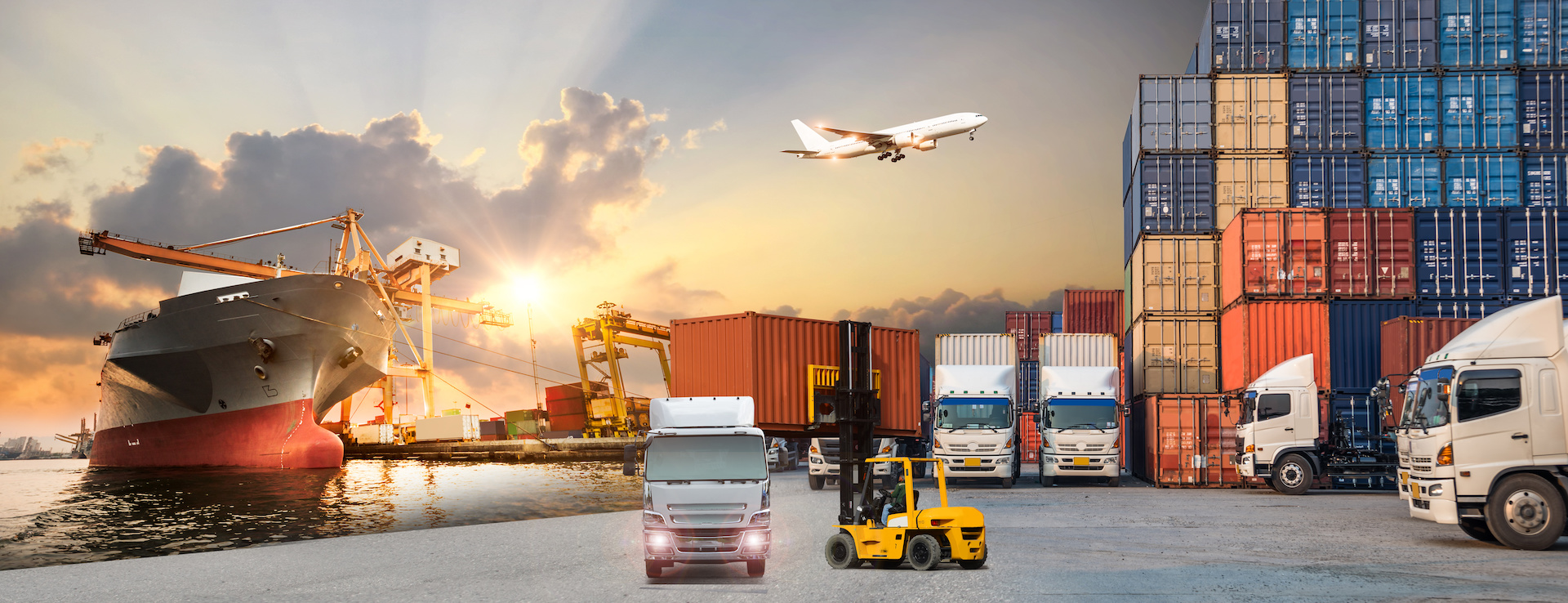Climate change is at the forefront of our minds these days. Combined with the fact that having a lower carbon footprint leads to cost savings and improves consumer relationships, it’s no wonder that increasing numbers of businesses working in the logistics space want a greener supply chain.
Making significant reductions in the footprint of a venture takes time and commitment, and often innovative thinking. However, you can follow various small steps that lead to big changes when combined. Try out the following for a more sustainable supply chain over the coming years.
1. Measure everything
You can’t improve what you don’t measure, so evaluate where your business currently sits on the sustainable supply chain scale. Try to determine the main drivers of waste and excess in your operation and calculate as much out as possible.
Look at your supply chain as a whole to find opportunities for improvement. Even a one or two percent change in one area can add up to excellent benefits long term. For example, keeping vehicles well-maintained makes them operate more efficiently and less prone to breakdowns, reducing gas-guzzling and the demand for replacement parts.
2. Ship hazardous materials securely
Part of operating with an eco-conscious mindset is looking for ways to protect the environment and its creatures. We’ve seen too many times over the years where oil spills and other transport issues have contaminated oceans, waterways, and the earth and harmed and killed wildlife. Avoid adding to this impact by being careful when you ship hazardous goods.
You must understand which items could be dangerous if they leak, get damaged, break down, etc. Label and package goods adequately so they’re moved carefully, and there’s reduced risk of any issues happening in transit. It’s wise to use a quality temperature indicator on parcels, so it’s evident if materials become unstable en route to their destination.
You can also create a greener supply chain by making wise choices about packaging materials. Buy recycled and degradable items wherever possible and only use what’s necessary, nothing more.
3. Track driver behavior
The use of fuel has one of the most significant impacts on the supply-chain carbon footprint. While it’s helpful to use alternative fuels, such as biodiesel, there’s more you can do. For example, track driver behavior. Better fuel efficiency comes when transporters are mindful of how they operate their machines. It’s possible to teach drivers to emit fewer carbon emissions on their trips, so they use up less fuel in turn.
For example, if drivers use gentle acceleration, a consistent speed, and reduced idling, they can suck up less gas. They should also avoid stopping and starting suddenly. To help your company keep an eye on this, consider using telematics, a tech that monitors vehicle and fleet information, including driver behavior.
4. Consolidate deliveries
The more deliveries that happen, the more fuel gets used up, and the more wear and tear that occurs on trucks and other vehicles, causing them to need replacing sooner. To green up your supply chain, look for ways to consolidate shipments. Instead of partially-full loads going out on the road, use tech tools, such as consolidation programs, to help you work out how best to combine purchase orders and pack trucks to the brim.
Calculate the best matrix of orders in each load to maximize truck space. These designing notes elements such as parcel weight, capacity, and stackability. Plus, utilize software that puts algorithms to work to determine how to fill empty pallet spots on trucks in nearby areas that can pick up single packages as they’re going by. This organization reduces the instances of “shipping air,” where carriers have wasted trips by only moving small numbers of parcels at a time.
5. Devise more efficient delivery routes
Your business can use a lot less fuel annually, and minimize carbon emissions, if more efficient delivery routes are chosen. These days, it’s quick to use apps and other software programs to find out the shortest and fastest ways to travel from A to B.
Plus, tech tools can alert drivers to potential hold-ups to avoid ahead, such as peak hour traffic, accidents, or road work, and design a new route for the circumstances. Increasing the efficiency of pathways means less gas is used getting from place to place and while sitting, stopped, at lights, or elsewhere. Since drivers can use advanced GPS systems to find their way around, they also won’t waste fuel getting lost.
Building a green supply chain
Creating a greener supply chain in your business will help the world. However, as an entrepreneur, these changes will also help your venture via cost benefits, streamlining of operations, and even improved consumer sentiment.
© YFS Magazine. All Rights Reserved. Copying prohibited. All material is protected by U.S. and international copyright laws. Unauthorized reproduction or distribution of this material is prohibited. Sharing of this material under Attribution-NonCommercial-NoDerivatives 4.0 International terms, listed here, is permitted.













